最微小的抗議
🔳
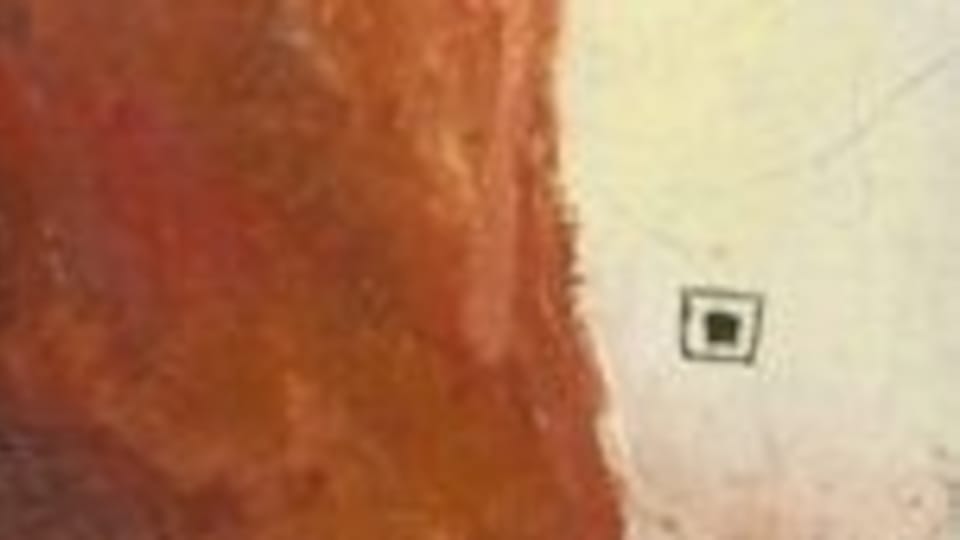
俄羅斯畫家馬列維奇(Kazimir Malevich, 1878-1935)1915年創作的《黑色正方形》(Black Square)為抽象繪畫發展早期的一幅著名作品。他放棄具象而追求純粹感受,並命名其理論為「至上主義」(Suprematism),代表 “the supremacy of pure feeling or perception in the pictorial arts”。
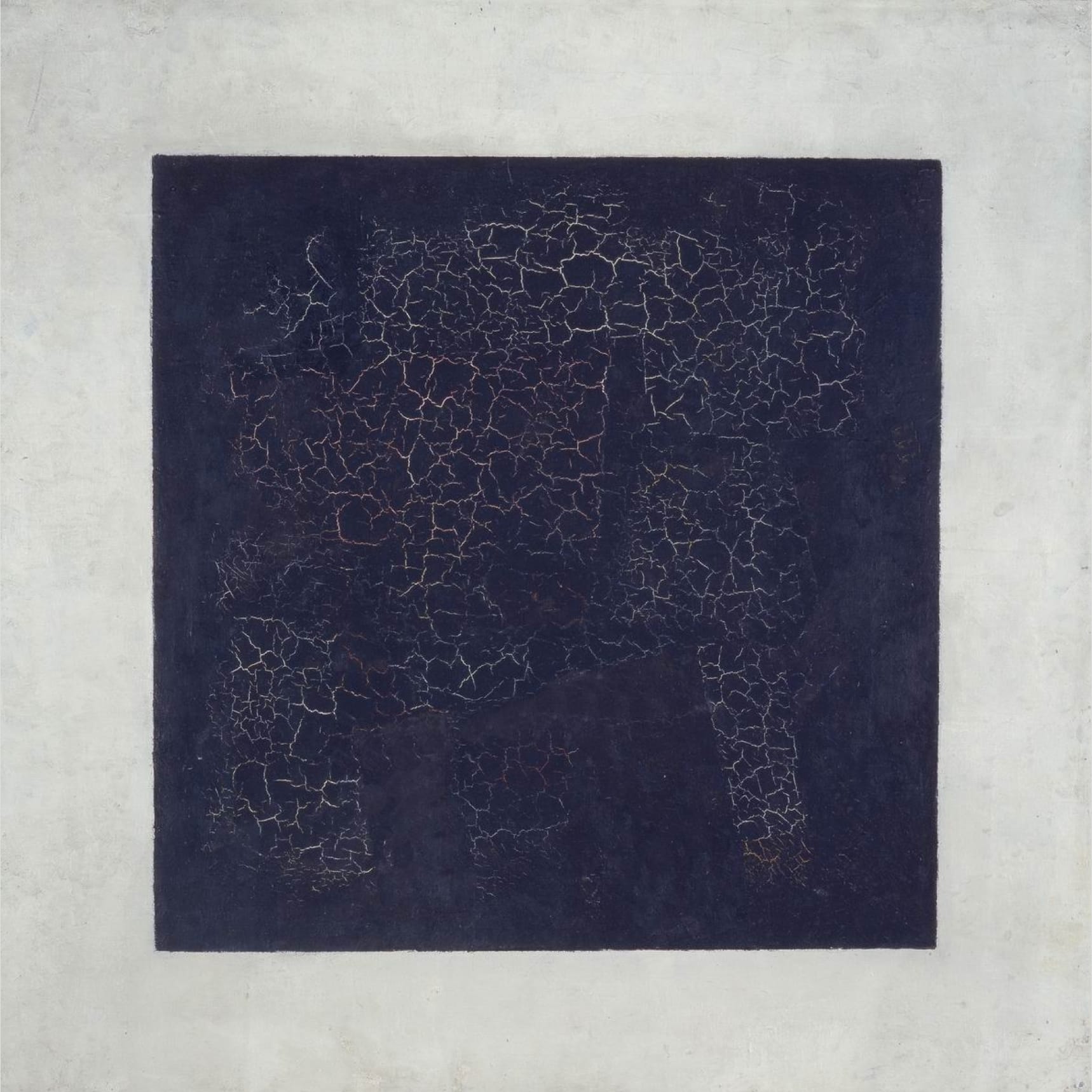
The black square on the white field was the first form in which non-objective feeling came to be expressed. The square = feeling, the white field = the void beyond this feeling.
Yet the general public saw in the non-objectivity of the representation the demise of art and failed to grasp the evident fact that feeling had here assumed external form.
The suprematist square and the forms proceeding out of it can be likened to the primitive marks (symbols) of aboriginal man which represented, in their combinations, not ornament but a feeling of rhythm.
(Kazimir Malevich, The Non-Objective World, p.76.)
2014年夏天我在倫敦逗留幾天,剛好遇上馬列維奇的回顧展,但當時我只知道《黑色正方形》,並不知道他後來的遭遇。
展覽最後一個房間掛上馬列維奇晚年作品。在史太林時期,他被指是間諜而面對審訊,1930年曾入獄兩個月。這個房間並無抽象畫,但在他逝世前兩年的畫作中,仍可於簽名位置或背景隱約見到黑色正方形︰
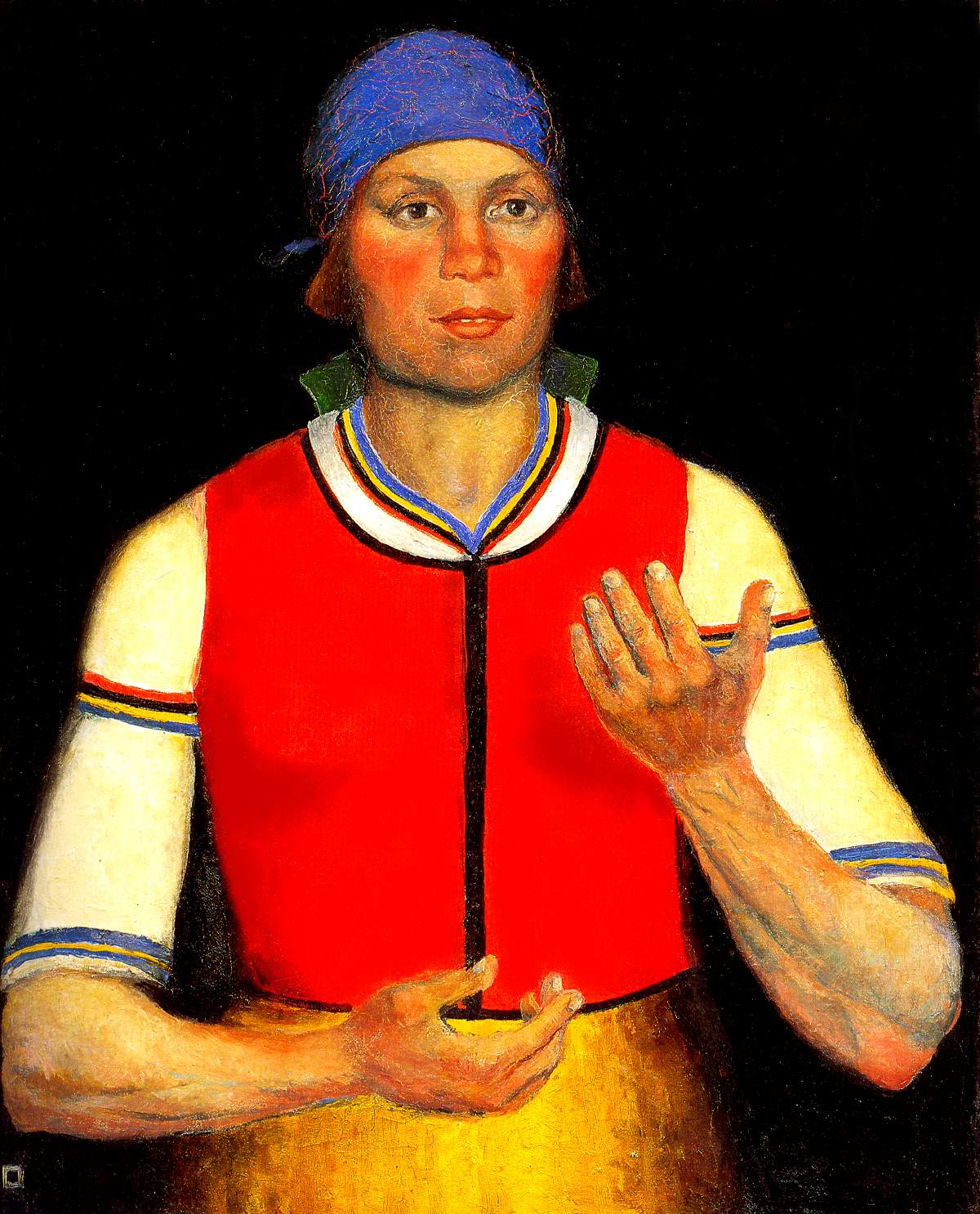
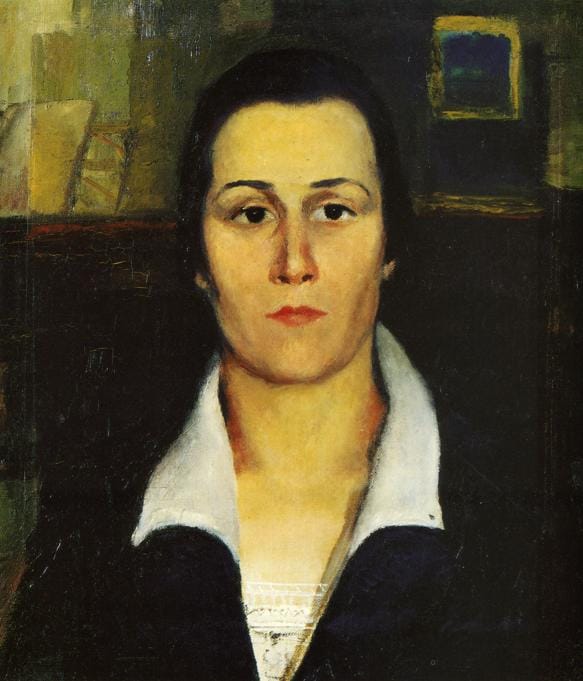
Kazimir Malevich, Worker (1933) & Portrait of a Woman (1934)
他1933年的自畫像背後畫了一個黑色正方形(圖片取自《維基百科》)︰
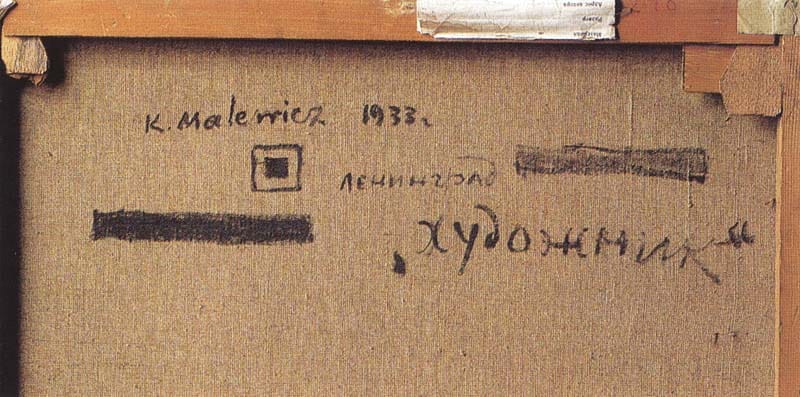
自畫像正面沒有簽下名字,右下方畫了一個迷你黑色正方形及加上外框︰
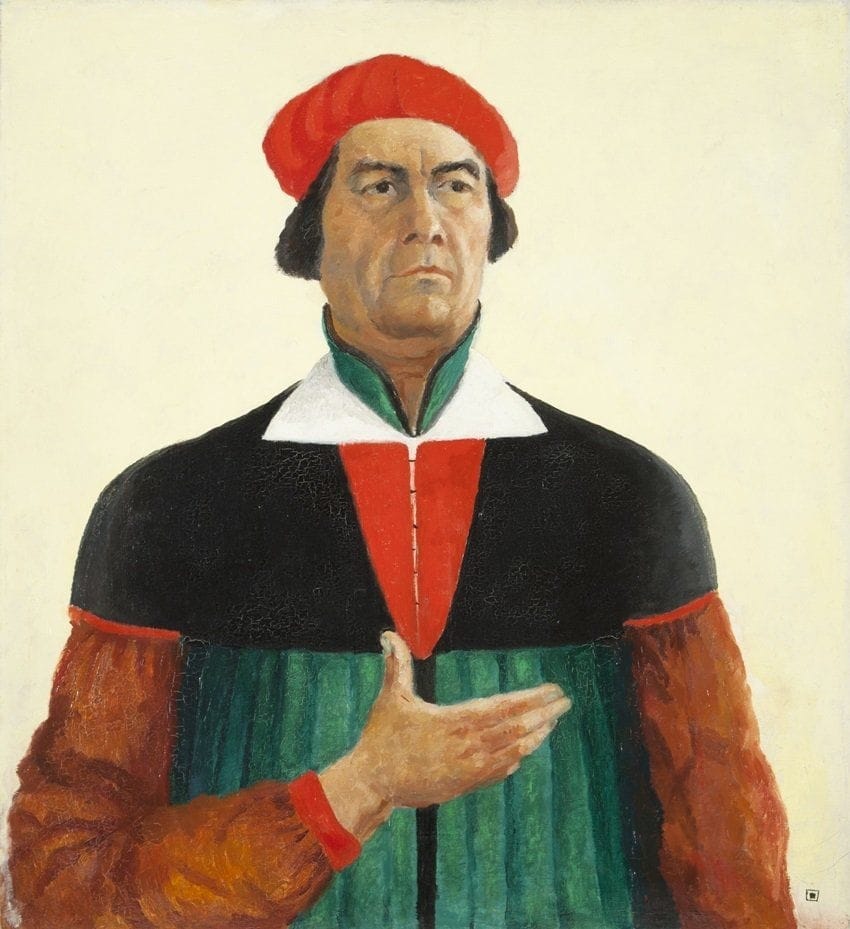
這是我所見過最微小而堅定的抗議。
🔳